Optimal Timing for Waterproofing
Waterproofing is a crucial process to protect structures from water intrusion, which can lead to damage, mold growth, and structural deterioration. Proper timing ensures maximum effectiveness and longevity of waterproofing systems.
Spring offers moderate temperatures and increased humidity, ideal for applying waterproofing materials before heavy rain seasons.
Warm weather and dry conditions facilitate the curing process of many waterproofing products, making summer suitable for installations.
Cooler temperatures and less humidity can be advantageous, especially to prepare structures for winter conditions.
Generally less recommended due to freezing temperatures that hinder proper application and curing of waterproofing materials.
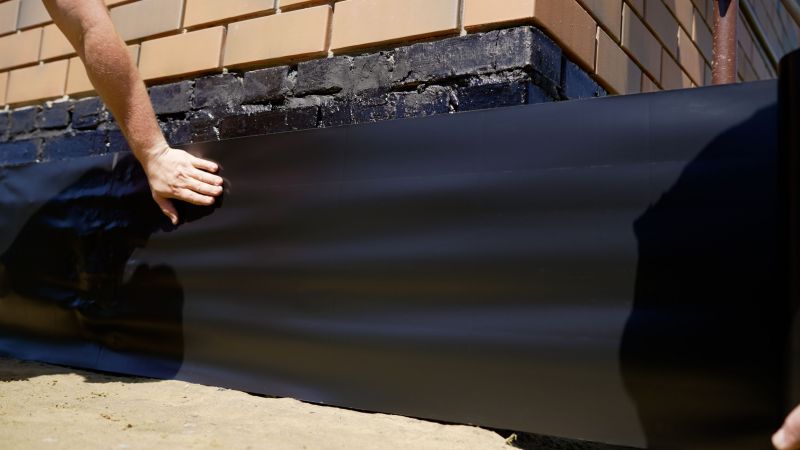
Ways to make Waterproofings work in tight or awkward layouts.

Popular materials for Waterproofings and why they hold up over time.
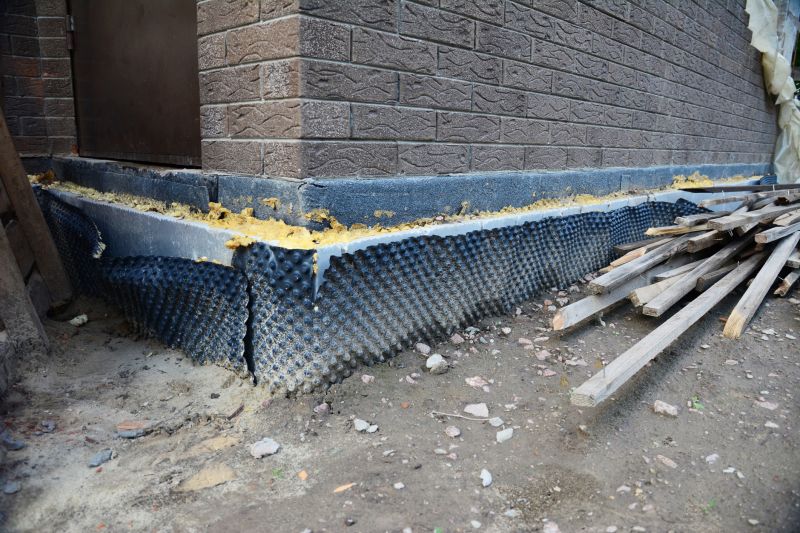
Simple add-ons that improve Waterproofings without blowing the budget.
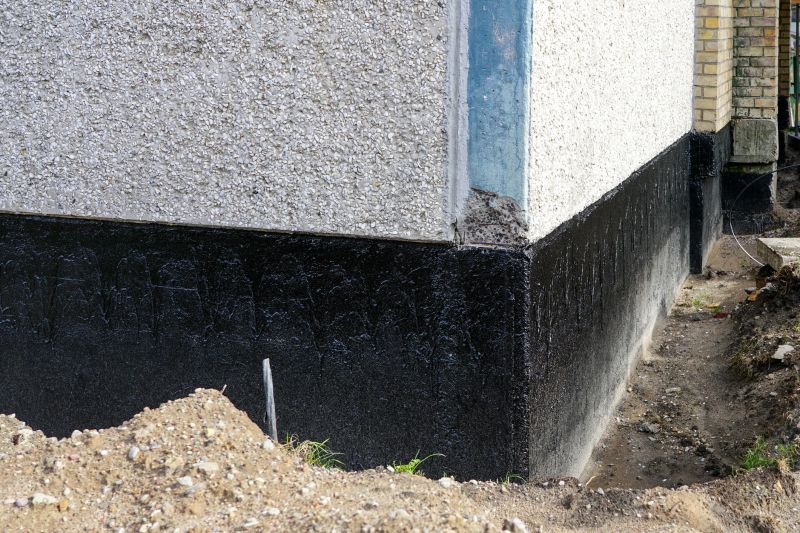
High-end options that actually feel worth it for Waterproofings.
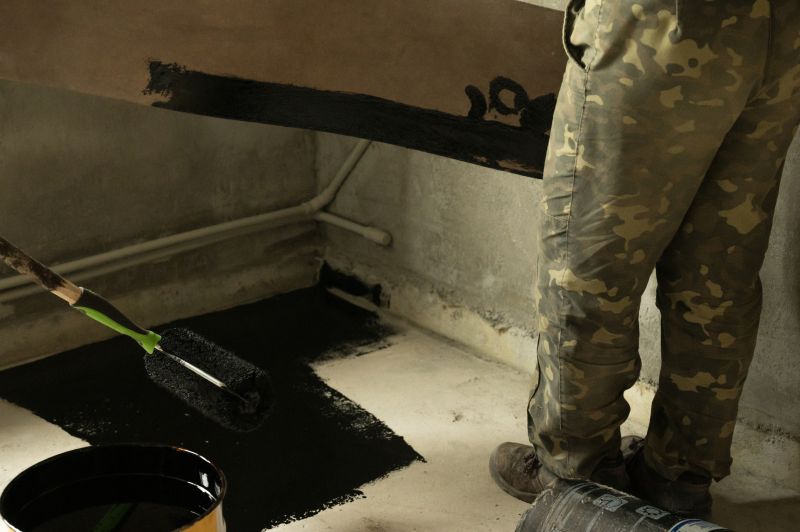
Finishes and colors that play nicely with Waterproofings.
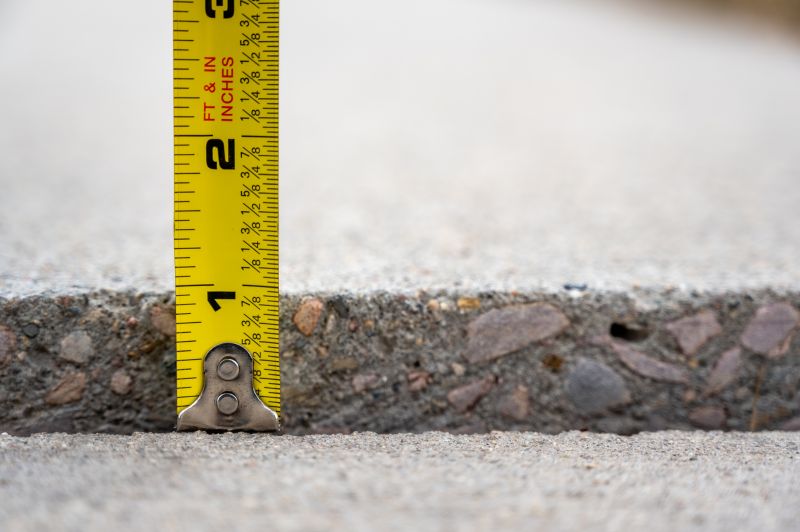
Little measurements that prevent headaches on Waterproofings day.

A 60-second routine that keeps Waterproofings looking new.
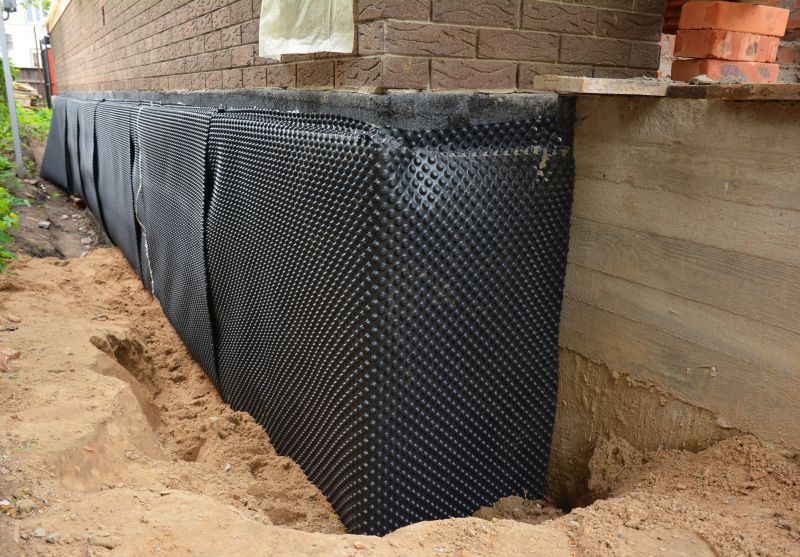
A frequent mistake in Waterproofings and how to dodge it.
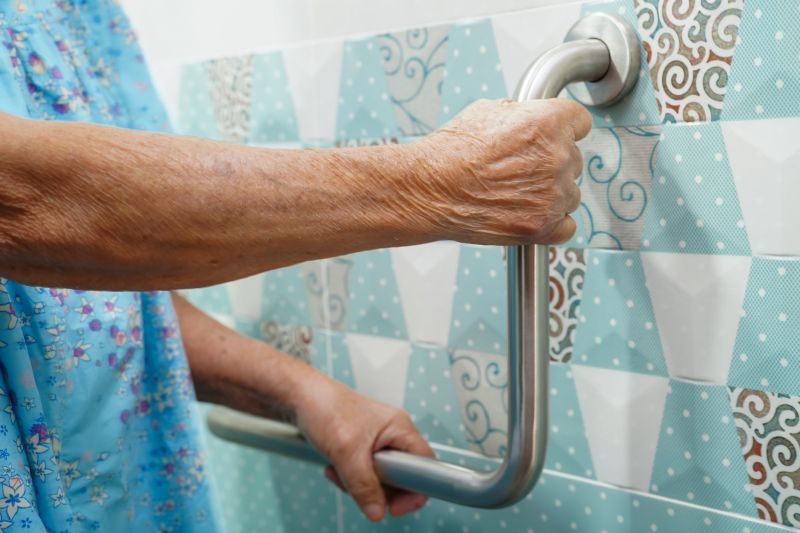
Small tweaks to make Waterproofings safer and easier to use.
| Season | Best Conditions |
|---|---|
| Spring | Moderate temperatures and increased humidity |
| Summer | Warm and dry conditions for optimal curing |
| Fall | Cooler temperatures with less humidity |
| Winter | Freezing temperatures hinder application |
Waterproofings involve various materials and techniques designed to prevent water penetration in foundations, roofs, basements, and other structures. They are essential for maintaining structural integrity and preventing costly damages. The effectiveness of waterproofing depends on proper application during suitable weather conditions, as well as the choice of appropriate materials for specific surfaces.
Statistics indicate that waterproofing can extend the lifespan of a building by protecting against water-related issues such as leaks, mold, and corrosion. Properly timed waterproofing projects can reduce maintenance costs and improve the durability of structures over time.
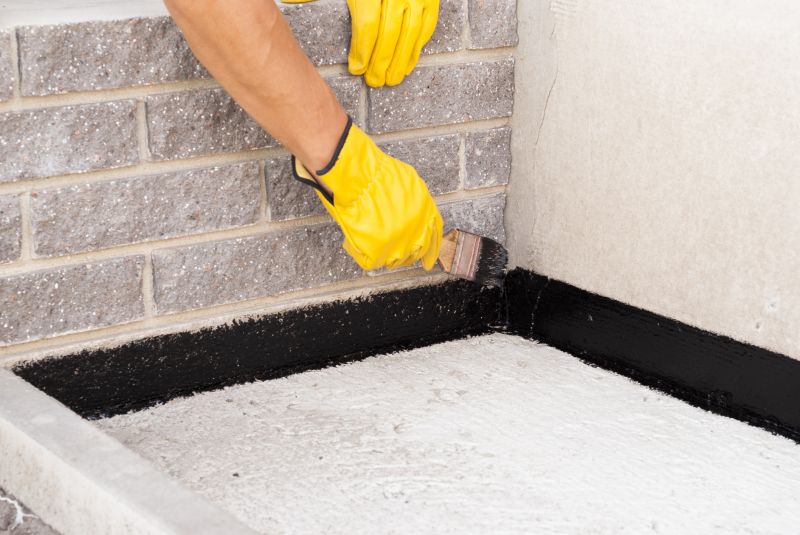
Lower-waste or water-saving choices for Waterproofings.
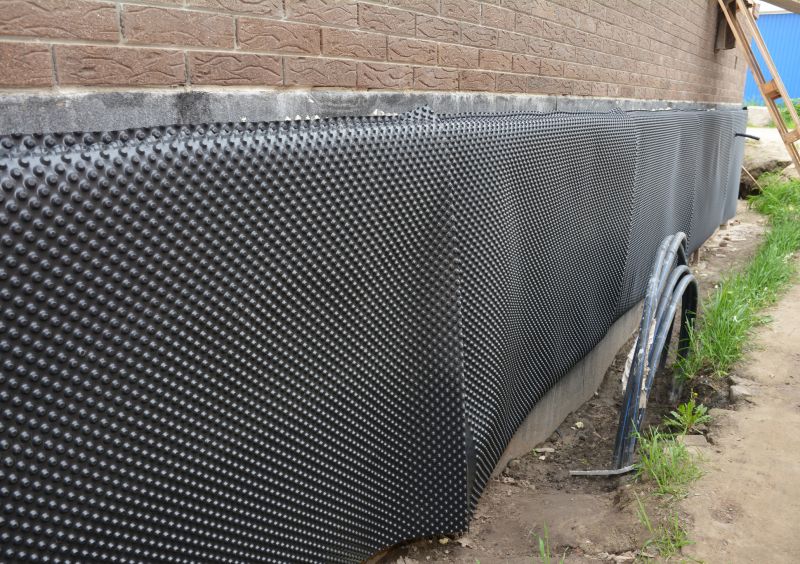
The short, realistic tool list for quality Waterproofings.
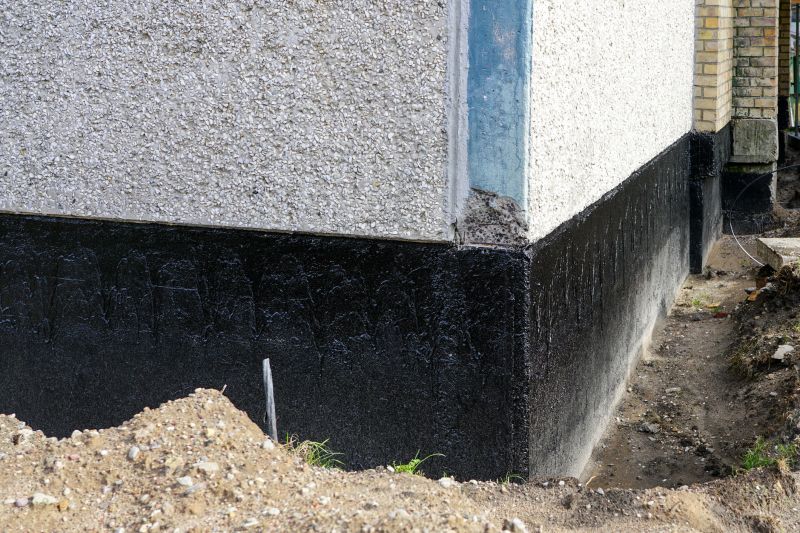
Rough timing from prep to clean-up for Waterproofings.

Quick checks and paperwork to keep after Waterproofings.
Interested in waterproofing services? Filling out the contact form can provide detailed information tailored to specific needs and project timelines. Proper planning and execution ensure long-term protection against water damage.

